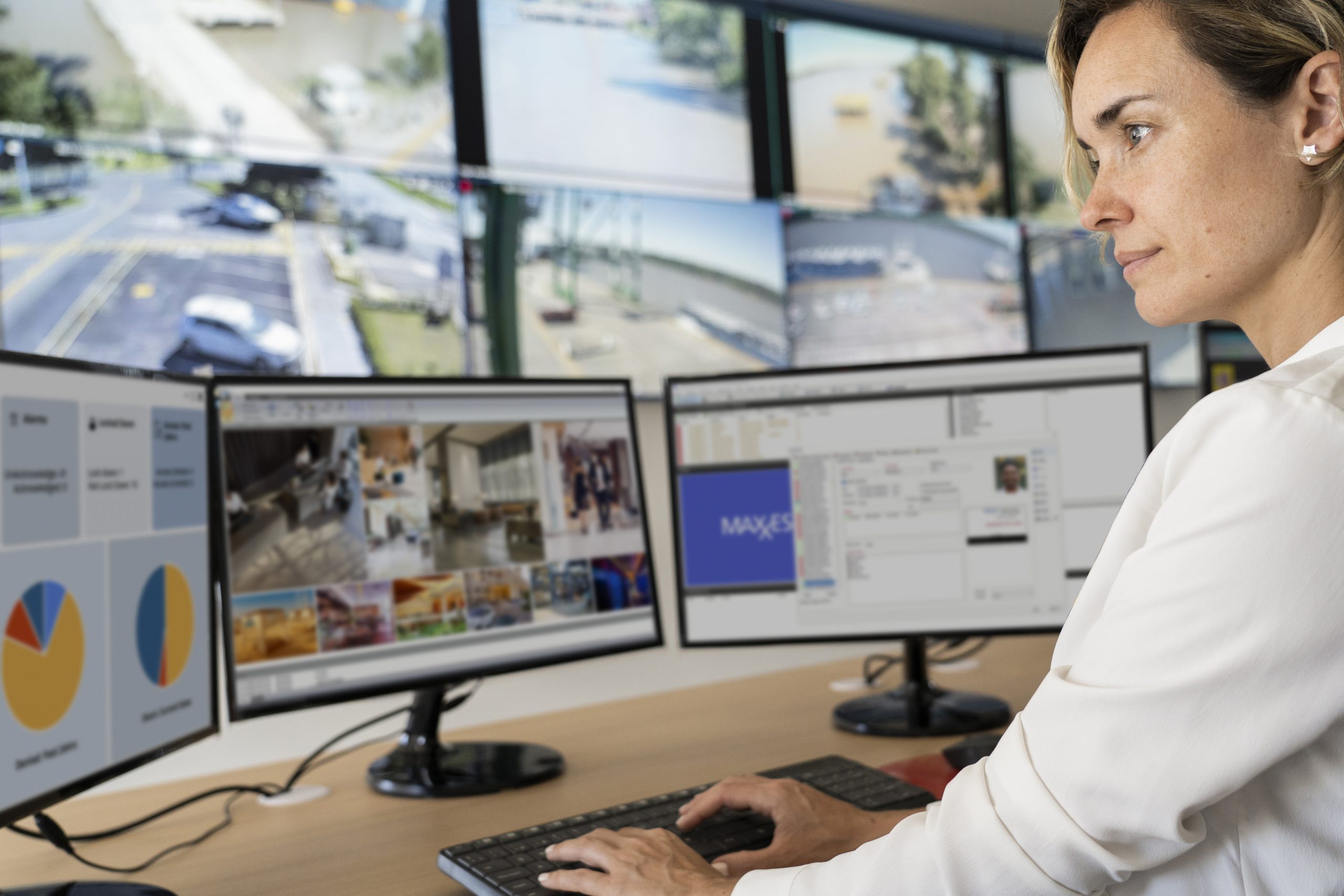The Need for Collaboration
Physical security and IT convergence has been happening for years. It started when physical security systems shifted from analog to IP. More recently, they’ve moved into the cloud. This evolution has required more collaboration between the two teams.
Although these groups have made headway in partnering up to ensure the successful implementation of new solutions, there’s still a disconnect. Differing skills, siloed priorities, and unique ways of thinking are one part of the problem. So are the technological choices that keep roles delineated and inhibit deeper levels of collaboration.
Discover technologies that encourage stronger partnerships between your IT and physical security departments.
The Challenges of a Growing IIoT Ecosystem
Cybersecurity risks are skyrocketing. The latest industry research showed that 31% of organizations were targeted by cybercriminals in 2023. In response, 42% increased the deployment of cybersecurity tools.
This rise in cybercrime is compounded by the surge in new Industrial Internet of Things (IIoT) devices. From new cameras to card readers, the networked ecosystem of physical objects is growing exponentially. With this growth comes increased cyber risk. New devices, if not secured properly, create potential security gaps.
Physical security teams are experts at mitigating physical threats. IT teams know the ins and outs of securing systems and networks. Both skill sets are critical to securing the enterprise. As ecosystems expand and risks evolve, leaders recognize that physical and information security need to be treated as interrelated risks.
How can leaders encourage greater convergence to strengthen risk mitigation and resilience?
The Opportunities for Physical Security Data
New sensors have enhanced data collection across organizations. More leaders see the potential for physical security data to serve broader goals. For instance, organizations use this data to track occupancy levels and learn how people move through their facilities. This information can improve spaces and services, enhancing the employee and visitor experience.
The collected data can also help teams identify gaps in security processes. They can then enhance response procedures or strengthen corporate asset protection. New or established Security Operations (SecOps) groups within IT teams are taking data pooling and optimization to the next level. A recent survey confirmed that about 55% of IT and 47% of SecOps have access to physical security data. These teams aren’t only looking to identify enterprise-wide risks but also opportunities for operational efficiency and growth.
3 Technologies That Enhance IT and Physical Security Collaboration
Unify Security Systems
Having a unified platform means physical security and IT teams can see potential risks across systems and sites. Access cameras, door readers, and intrusion sensors from one interface. This helps manage incidents, run investigations, and oversee security policies. Within one platform, IT experts can view real-time risks and implement a single data protection strategy across locations. Built-in cybersecurity tools standardize encryptions, multi-factor authentications, and user privileges.
Both teams can use health monitoring tools to spot real-time vulnerabilities, maintain system health, and schedule updates. A shared view of physical and cybersecurity keeps everyone on the same page. They can then work together to protect the organization from all threats.
Implement Hybrid-Cloud Services
Choosing a cloud or hybrid-cloud deployment can enable greater convergence. In the physical security industry, cloud adoption is accelerating. Today, 44% of end users indicated that over a quarter of their physical security environments are cloud or hybrid-cloud. That’s a 20% increase from the previous year.
Cloud solutions take the burden off IT and physical security staff. There’s no need to manage servers. Device firmware, software patches, and other security data are automatically pushed to the system. Cloud services help launch new applications and get more from collected data. For instance, teams can securely share video or information between departments. They can also manage employee credentials, temporary access requests, and visitor management.
Cloud-based systems streamline processes and open up new opportunities for IT and physical security to work together.
Take Advantage of Analytics
Collecting data is one thing. Making sense of it is another. Implementing analytics helps teams understand the data. Video analytics reduce the time spent on data analysis and inform decision-making. Adding people counting analytics to a video management system tracks building occupancy and movement. This helps determine when areas reach maximum thresholds and provides insights about overcrowded buildings.
Analytics also help manage customer lines. Long lines trigger staffing adjustments, improving guest experiences. License plate recognition analytics collect data on vehicles. The system flags vehicles in no-parking zones or moving in the wrong direction. Teams can query the system for patterns and make necessary improvements.
Analytics uncover valuable insights, helping teams optimize operations and improve security.
How to Merge IT and Physical Security Skills
Unification, hybrid-cloud, and analytics catalyze greater convergence between IT and physical security. But it doesn’t end there. Human elements also play a crucial role in bridging skill sets within an organization.
By integrating these technologies, IT and physical security teams can collaborate more effectively, ensuring comprehensive security and operational efficiency.

